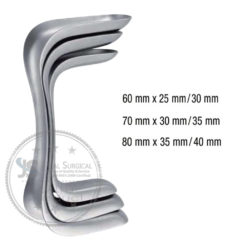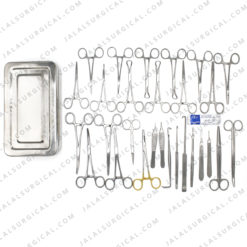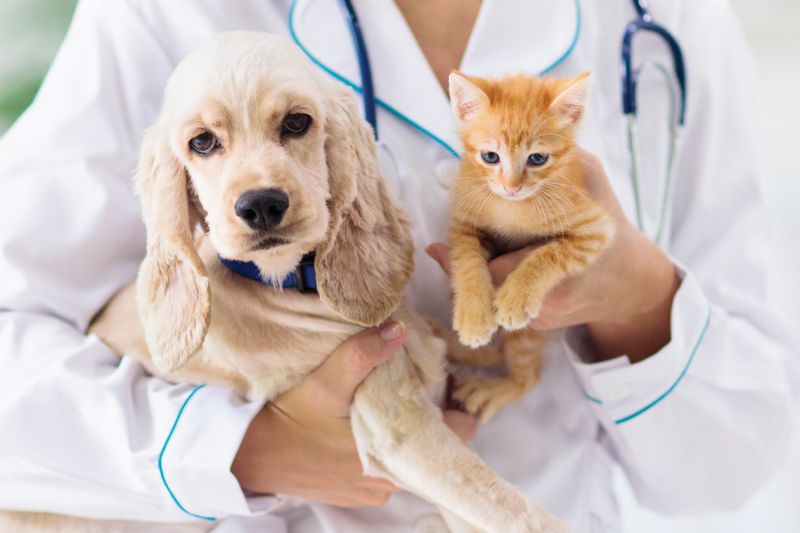-
×
 Sims Gynecology Speculum Set of 3 Pcs
1 × $22.00
Sims Gynecology Speculum Set of 3 Pcs
1 × $22.00
Uncategorized
What is Spaying or Ovariohysterectomy? All you need to know about Vet Spaying
Introduction:
Ovariohysterectomy is a surgical procedure widely employed in practice by vets. It is indicated in cases of pyometra, uterine tumours, or other pathologies. This procedure should only be undertaken if the bitch is in a fit state to withstand general anaesthesia.
Ovariohysterectomy in the bitch is a surgical procedure consisting of laparotomy with ablation of both ovaries and the uterus.
The following are reasons to consider having your pet spayed:
- Uterine tumors.
- Vastly decreased chance for development of mammary (breast) cancer
- 200 times less likely if ovariohysterectomy performed before the first estrus (heat cycle)
- Eliminates chance of developing a pyometra (infection of the uterus)
- Eradicates unwanted estrous behavior and associated bleeding
- Eliminates unwanted pregnancies and risks of dystocia (difficult birth)

When should the operation be performed?
There are many different factors to weigh when determining the optimal time to spay a puppy, including health factors, behavioral factors, and your pet’s environment. Talk to your veterinarian to determine the best time to spay your pet.
Are there any dangers associated with the operation?
Spaying is considered a major operation and requires general anesthesia. With any anesthetic the risk of serious complications, including death, is always possible. With modern anesthetics and monitoring equipment, the risk of a complication is very low. It has been said that your pet has a greater chance of being injured in a car wreck than having an anesthetic or surgical complication.

Treatment:
Laparoscopic Surgery:
Procedures vary, but generally, 2-3 small (usually less than one inch long) incisions are made in the abdomen for insertion of a laparoscope and instrument ports. The abdomen is distended with carbon dioxide gas and the laparoscope is introduced to visualize the reproductive tract. Instruments are used to grasp and manipulate the reproductive tract through the instrument ports. Blood vessels can then be ligated with clips, suture, or a vessel-sealing device. Ovariectomy or ovariohysterectomy can be performed using this method. After removal of the reproductive tissue, closure of the portal sites is performed.
Open Surgery:
The surgical incision is usually made on the abdominal midline, although a flank approach can be used. The length of the incision varies depending on the size of your pet and other factors. The ovaries and/or the uterus are exteriorized and ligatures are tied around blood vessels supplying the portions of the reproductive tract to be removed. Following removal of the ovaries and/or uterus, the incision is closed in layers, including the body wall, subcutaneous tissue, and skin.
Ovariohysterectomy vs Ovariectomy:
Ovariohysterectomy has been the most common “spay” procedure performed in the United States for many years. However, recent literature has shown no long-term difference in outcome between pets receiving ovariectomy or ovariohysterectomy. Based on those findings, the two procedures can be considered essentially equivalent to one another.
Instruments for this Procedure:
Jalal Surgical Recommended Following Instruments Sets For Spaying or Ovariohysterectomy:
-
Product on sale
 Spay Kit Veterinary Surgical Instruments set Ovaries RemovalOriginal price was: $90.00.$86.00Current price is: $86.00.
Spay Kit Veterinary Surgical Instruments set Ovaries RemovalOriginal price was: $90.00.$86.00Current price is: $86.00.




